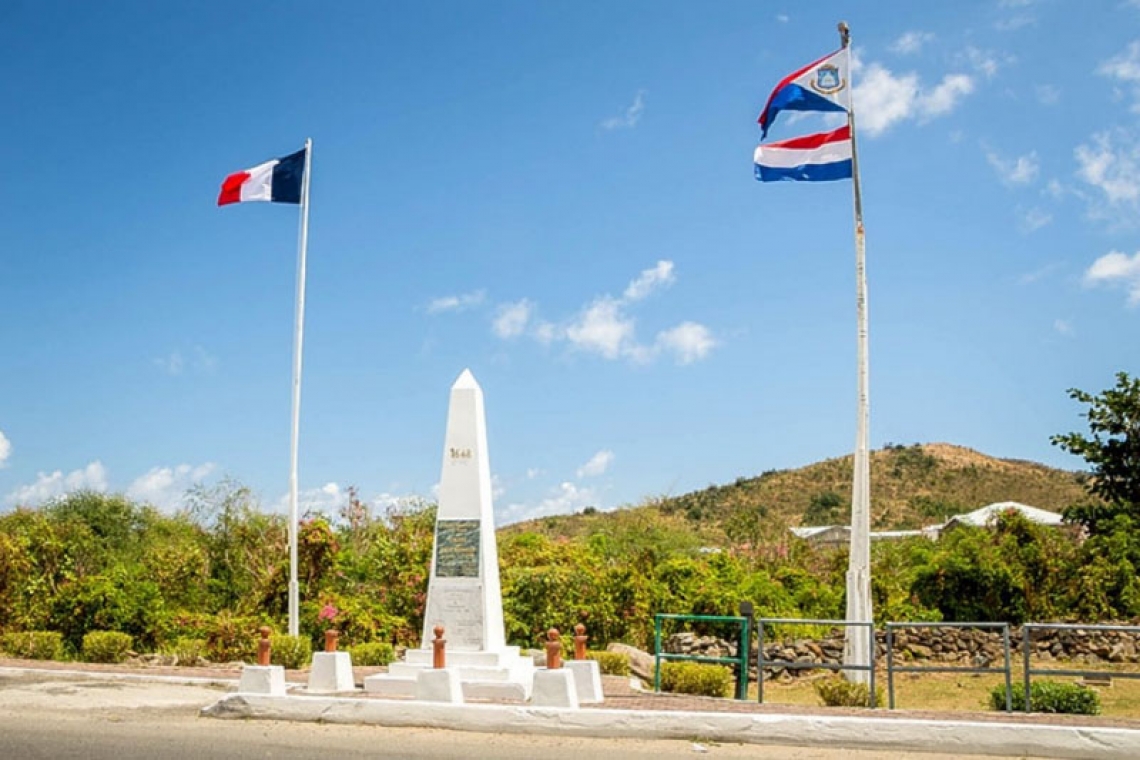By Mark Yokoyama
The idea of St. Martin as a two-nation island is central to its image. It is the one fact that appears in every article about St. Martin. It is technically true, in a political sense. The north of St. Martin is part of France, and the south is part of the Kingdom of the Netherlands. At the same time, it is also a myth that misrepresents the island in many ways.
No matter who was in charge, through most of history the people of St. Martin were mostly not French or Dutch. During the early colonial period, many people were English or Irish, possibly the majority at some points in time. By the end of the 1700s, enslaved people from Africa vastly outnumbered Europeans. These people were not given the rights of human beings at all, much less the rights of French or Dutch citizens. The language of the island has always been English, and the culture is Caribbean with many influences. Many of the superficial trappings of French and Dutch culture arrived when tourism grew in the late 20th century, a marketing myth manifesting itself across the island.
A key part of the dual nation myth is the division of the island with the Treaty of Concordia in 1648. There is a notion that two nations have peacefully coexisted on the island since then. But they haven’t really. There have been frequent disputes over the border, which was only marked in 1772. In the 17th and 18th centuries, the French and Dutch governments broke the treaty to invade and take over the opposite half of the island six different times. The harmony of the island probably has more to do with the unity of the people of St. Martin, sharing culture and family across the border, rather than two “great nations” finding peace with each other.
Misconceptions about St. Martin come from many times and places. Older histories only recorded the lives of the wealthy and the powerful. We know the names of the white men who gave the order to build bridges and forts, but not the people who actually built them. In the modern era, the myth of a French and Dutch island was promoted as something tourists would find fun and sophisticated.
Of course, there is French and Dutch heritage on the island, and there are fascinating things to learn about it. The challenge is simply to escape the bounds of a single narrative. Smothered beneath the myth of French and Dutch is a far richer story waiting to be heard.
What St. Martin history and culture do you feel is overlooked? Tell us by writing in to The Daily Herald or This email address is being protected from spambots. You need JavaScript enabled to view it..







